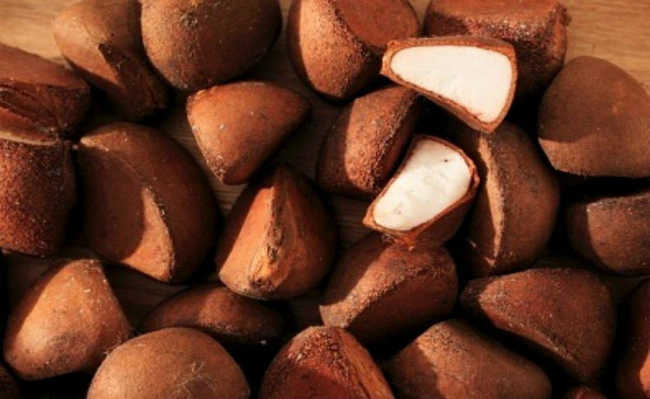Like bone, material regenerates to "fix" injuries
Under the influence of biomimetics, researchers are developing a biodegradable material that regenerates to repair fractures. It can be used on mechanical limbs, for example

Researchers at Arizona State University, in the United States, have developed a material that is made up of polymers with a kind of "shape memory" - this biodegradable material emulates the original shape of the object to which it is attached. These polymers are then incorporated into a fiber optic network (capable of detecting damage to certain materials) to then apply thermal stimuli, by means of an infrared laser, to the damaged area.
The heat produced, in turn, stimulates stiffening and regeneration mechanisms. If the material is damaged, the self-healing process can recover up to 96% of its original strength. According to the researchers, the system does not recreate the damaged connections, but remodels the fracture, getting as close as possible to the original shape. This material could even reduce the need for constant replacement or repair of damaged or deteriorated structures and materials, thus reducing cost.

Image: Polymer with "shape memory" in action. The red region indicates where the fiber optic network acted, stimulating the material to assume its original shape.
Bone Functioning
Scientific research was inspired by biomimetics by "copying" the functioning of bones, which are capable of detecting damage, interrupting their proliferation and, through certain cells, remodeling damaged bones, regenerating them. The cells that contribute to bone remodeling are: osteoclasts, which reabsorb and remodel bone tissue; and osteoblasts, responsible for the formation of bone tissue and some proteins that make up the bone matrix, such as type I collagen (better understand how it works in the video at the bottom of the page).
Other research from the same institution can help in the development of the "bone copy". She focused on mineralized collagen fibers, which are highly conserved nanostructural blocks of bone. Through a combination of molecular dynamics simulation and theoretical analysis, the researchers observed that the nanostructural characteristic of these fibers gives them high strength and the ability to sustain large deformation. As a consequence, mineralized collagen fibers are able to tolerate microcracks without causing any macroscopic tissue failure, which may be essential to allow remodeling.
Material application
If the innovation develops further and passes several tests, it can be used in the construction of strong, lightweight materials, which can be subjected to a great deal of stress, such as compounds to be used to replace bones in the production of mechanical limbs. , and in the creation of new materials.










